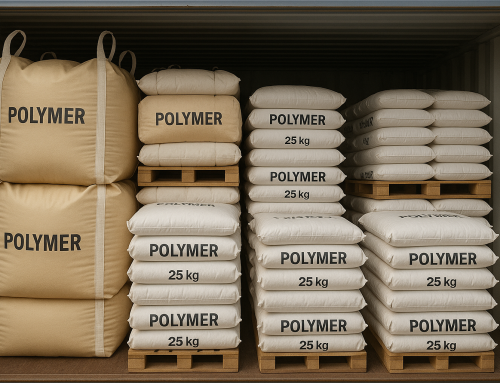
The image before us is a symbol of the beating heart of modern industry: a massive factory where metals, particularly steel, are transformed from their molten state into usable forms. This process, which may seem harsh and complex at first glance, is one of the most vital stages in producing the thousands of products that shape our daily lives. From urban infrastructure to precision tools, the footprint of metals can be seen everywhere.
In this article, we explore the significance of this industry and the key processes within it.
1. Melting and Casting: The Birth of a New Form
The first stage, vividly displayed in the image, is the melting and casting process. Raw metals or recycled scrap are heated to extremely high temperatures in giant furnaces (like an Electric Arc Furnace or Blast Furnace) until they become molten. This molten metal, seen pouring from a large ladle, is then directed into molds or continuous casting systems.
- Continuous Casting: This is an efficient method where molten metal is continuously solidified into primary shapes like billets, slabs, or blooms. These semi-finished products are the raw materials for the subsequent rolling and shaping stages.
2. Rolling and Shaping: Building Strength and Usability
After casting, the hot slabs or billets enter the rolling mill. In this process, the metal is passed between powerful rollers, which apply immense pressure to shape it into the desired dimensions. Rolling can be done at high temperatures (hot rolling) for major shape changes or at lower temperatures (cold rolling) to improve dimensional accuracy and surface properties.
- Rolled Products: This process yields a diverse range of products, including metal sheets, rebar, structural profiles, pipes, and wires, each with specific applications in various industries.
3. The Critical Role of Safety in Metal Plants
Given the extreme temperatures, heavy machinery, and hazardous processes, worker safety is paramount in metal factories. The use of Personal Protective Equipment (PPE) such as heat-resistant suits, safety helmets, and protective eyewear, along with strict adherence to safety protocols, is essential to prevent accidents. The presence of workers in protective gear in the image underscores this critical priority.
4. The Role of Metals in Development and Progress
The metals industry is the backbone of industrial development and technological advancement:
- Construction: Steel, aluminum, and copper are primary components in building bridges, skyscrapers, roads, and critical infrastructure.
- Automotive and Transport: Car bodies, engine parts, train rails, and aircraft fuselages all rely heavily on metals.
- Energy: Metals are crucial in the construction of power plants, wind turbines, solar panels, and electrical transmission grids.
- Defense and Aerospace: Special high-strength, low-weight metal alloys are used in manufacturing advanced equipment for these sectors.




